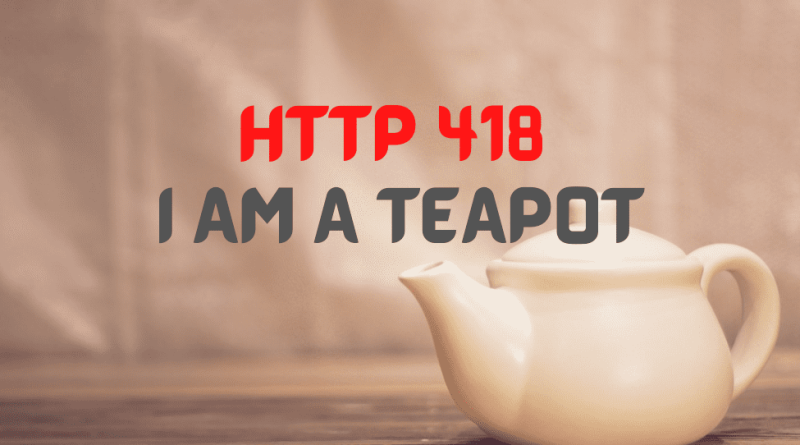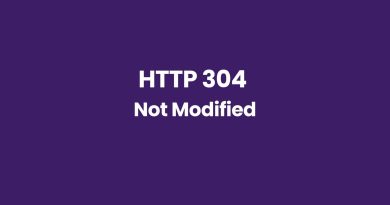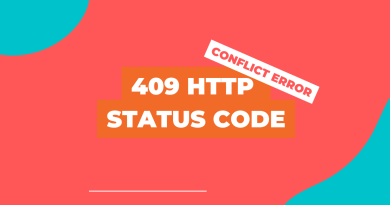HTTP 418: When Your Server is Feeling Like a Teapot – Explained
If you’ve ever come across the error code “HTTP 418 I am a teapot” while trying to access a website, you may have been perplexed. What does this code mean? And why is it associated with a teapot? In this blog post, we’ll answer these questions and more. Keep reading to learn all about the HTTP 418 I am a teapot error code.
What is Http 418 I am a Teapot
The HTTP 418 I am a teapot error code was first introduced by Internet Engineering Task Force (IETF) in 1998 in RFC 2324 on April Fools’ Day as April fools joke. It was new protocol called Hyper Text Coffee Pot Control Protocol” or (HTCPCP/1.0). More details about it below.
If you’ve ever seen the error message “Http 418 I am a Teapot,” you may be wondering what it means and why they the protocol name is coffee protocol. Unlike some other http status codes, this response code isn’t used to indicate an error condition. The code is meant to indicate that the server (i.e., the teapot) cannot brew coffee because it is, in fact, a teapot. So, the server refuses the request. While this may seem like a silly joke, the code actually serves an important purpose. By indicating that the server is a teapot, the code prevents clients from expecting the server to perform actions that it cannot (such as brewing coffee). In other words, it allows servers to communicate their capabilities (or lack thereof) to clients in a standardized way.
How the Http 418 Works
When a client (usually a web browser) makes a request to a server, the server will respond with an HTTP status code. This status code indicates whether or not the request was successful. If the request was successful, the status code will be in the 200 range. If the request was unsuccessful, the status code will be in the 400 or 500 range such as 406 http status code. The HTTP 418 I am a teapot error code falls into the 400 range, specifically into the 4xx category of client errors. This means that there was something wrong with the request that was made by the client.
In most cases, when you see an HTTP 418 I am a teapot error message, it’s because you’ve made a request to an endpoint that doesn’t exist on the server. For example, if you try to access https://example.com/coffee and there is no /coffee endpoint on that server, you’ll receive an HTTP 418 I am a teapot error message. Similarly, if you make a POST request when only GET requests are allowed, you’ll also receive an HTTP 418 I am a teapot error message.
Hyper Text Coffee Pot Control Protocol
HTCPCP is a protocol used to control, monitor, and manage coffee pots. It is an extension of the Hypertext Transfer Protocol (HTTP) and uses the same http methods, such as GET and POST. HTCPCP requests can be used to brew coffee, dispense coffee, add cream and sugar, stir the coffee, check the pot’s status, and receive notifications when the coffee is ready. In addition, HTCPCP can be used to monitor the pot’s performance, such as power consumption and brewing time. While HTCPCP is primarily designed for use with coffee pots, it can also be used to control other appliances, such as tea kettles and hot water heaters. As a result, HTCPCP provides a versatile way to control a variety of devices in the home.
Conclusion
The next time you see an HTTP 418 I am Teapot error message, now you’ll know exactly what it means! This error code simply indicates that the server cannot perform the action that has been requested of it—in this case, brewing coffee—because it is not capable of doing so (it’s just a teapot!). So, if you ever find yourself scratching your head over this particular error message again, just remember: an HTTP 418 I am Teapot error means that the server isn’t able to do what you’re asking it to do because it’s not built for that purpose!
All HTTP status codes by categories
Informational responses
(100 – 199)



